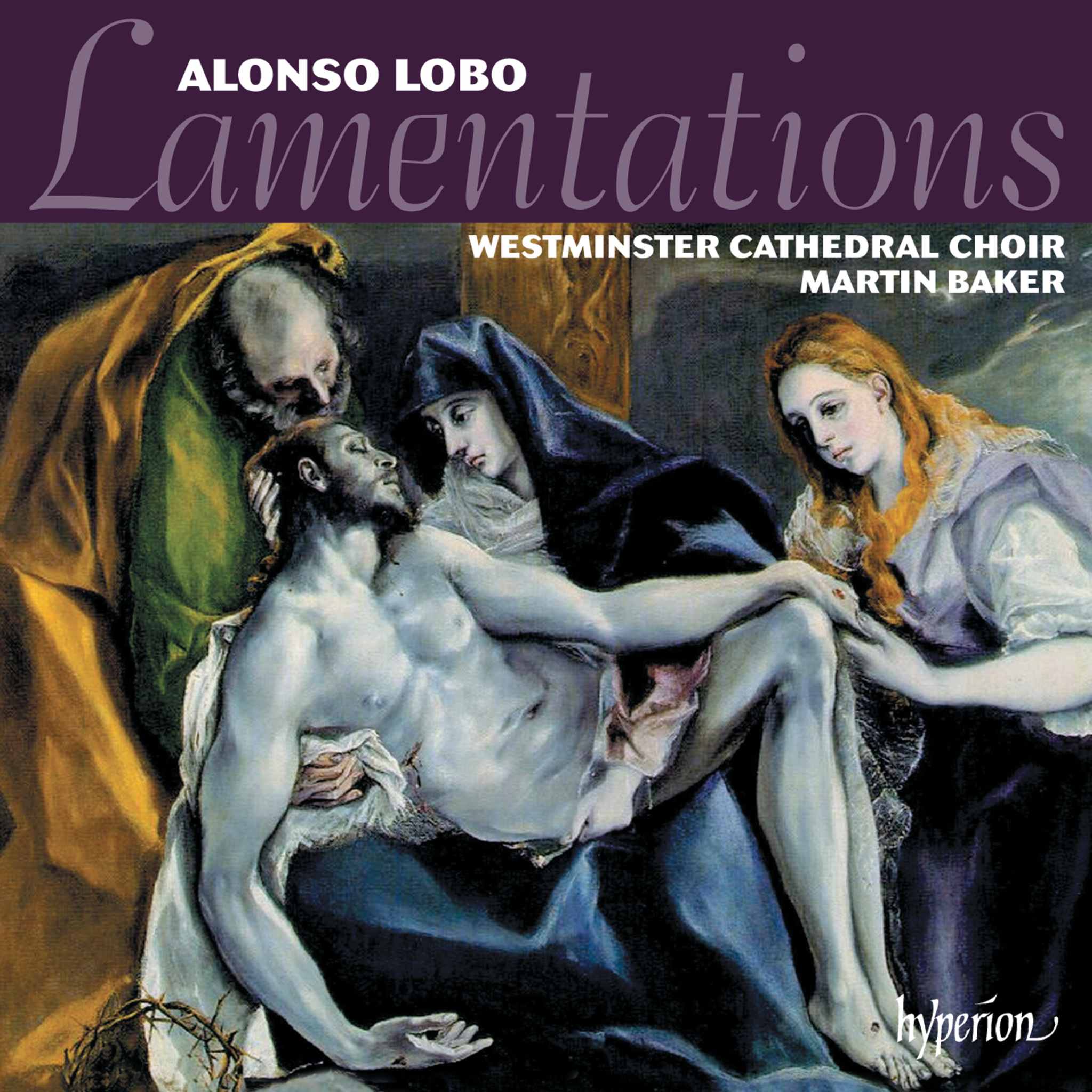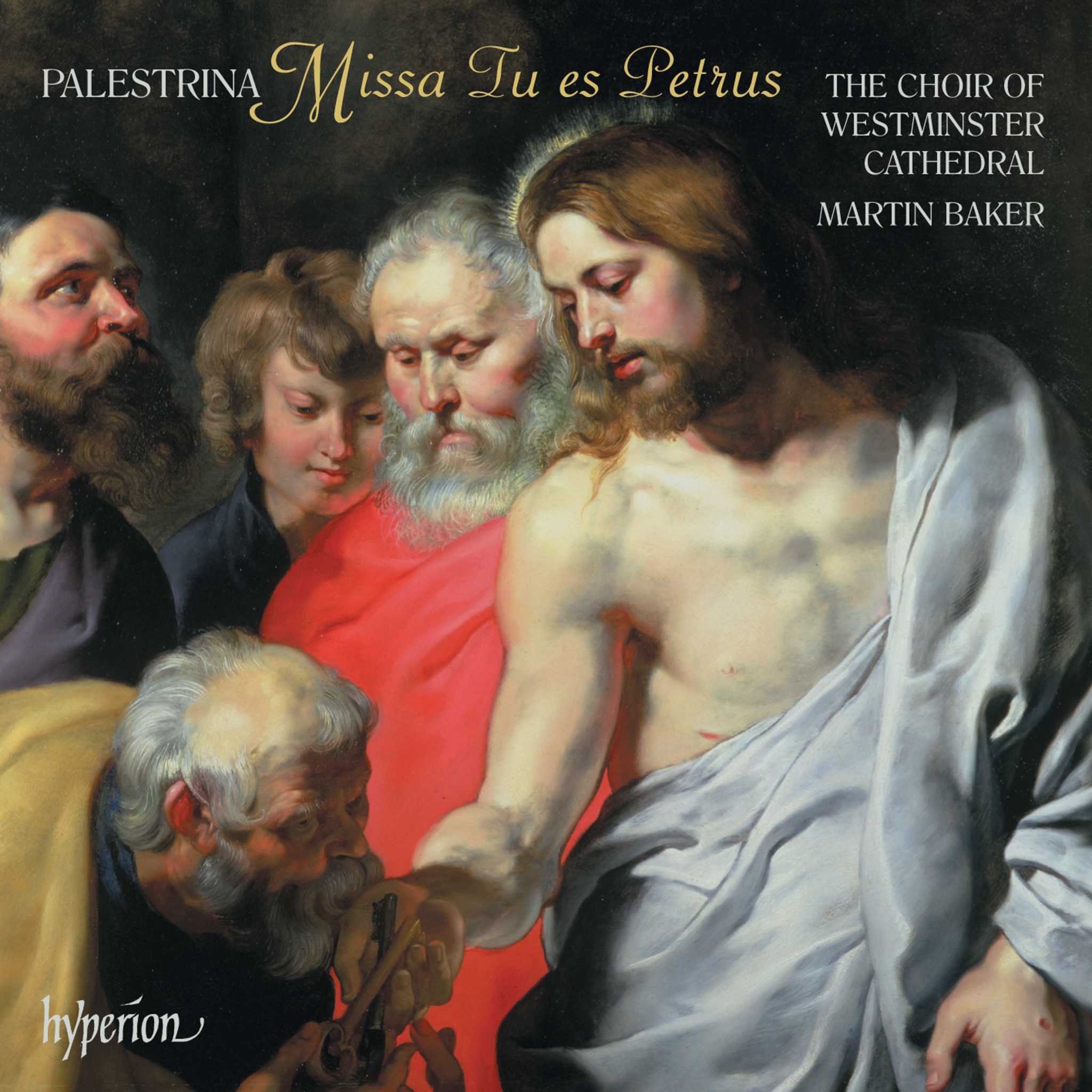Album insights
Samuel Dushkin, ein amerikanischer Geiger mit polnischen Wurzeln (1891–1976), beauftragte 1938 seinen Freund Bohuslav Martinů mit einer Suite für Violine und Orchester. Ursprünglich sollte das Werk, das von der tschechischen Volksmusik beeinflusst war, den Namen „Tschechische Tänze für Violine und Orchester“ tragen, erhielt schließlich jedoch den Titel „Suite concertante“.
Die Komposition dieser Suite gestaltete sich für Martinů als äußerst schwierig. Aufgrund des drohenden Krieges und der Tatsache, dass eine Aufführung in Frankreich nicht möglich war, blieb das Stück für lange Zeit ungespielt. Erst fünfzig Jahre nach seiner Entstehung wurde die Urfassung erstmals aufgeführt; die Orchesterpremiere fand dann im Jahr 2000 in Prag statt.
Die zweite Version der Suite concertante (H276A), ebenfalls für Dushkin geschrieben, unterscheidet sich so stark von der ersten, dass sie als eigenständiges Werk gilt. Martinů komponierte sie zwischen November 1943 und Februar 1944, und 1945 wurde sie in St. Louis uraufgeführt.
Ein weiteres bedeutendes Werk ist das Rhapsody-Concerto für Bratsche und Orchester H337, das Jascha Veissi in Auftrag gab. Diese Komposition entstand 1952 in New York City und kennzeichnet Martinůs Hinwendung zur Neuromantik. Die Uraufführung erfolgte 1953 in Cleveland, und inzwischen zählt das Werk zu den meistgespielten Bratschenkonzerten des 20. Jahrhunderts.











